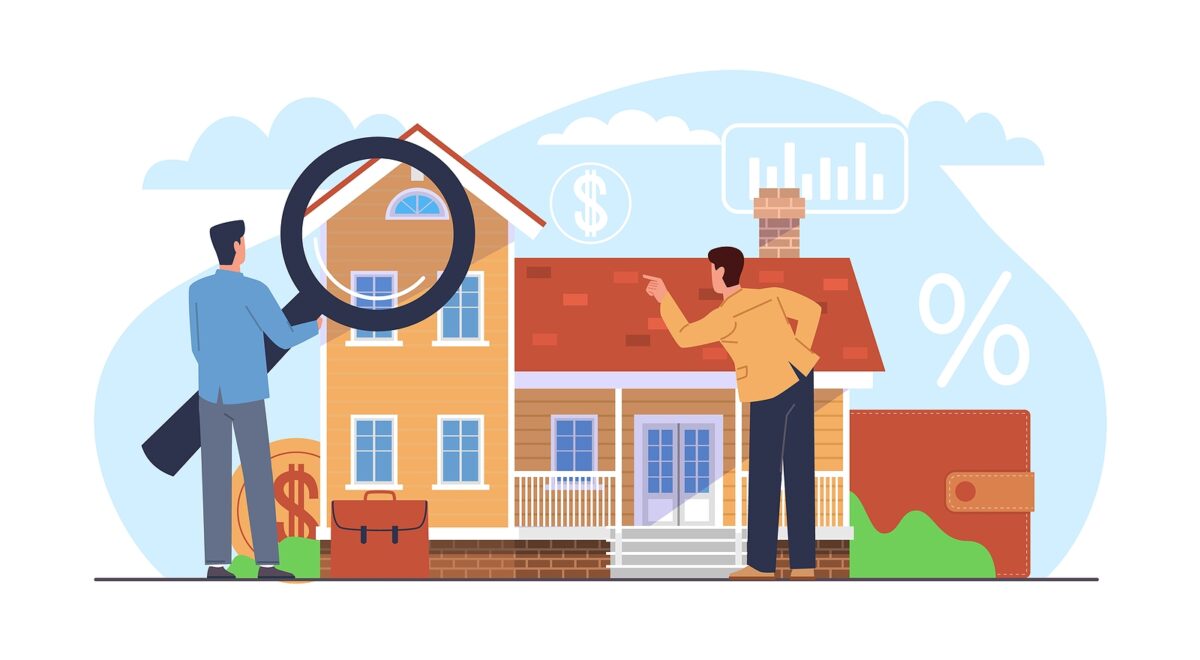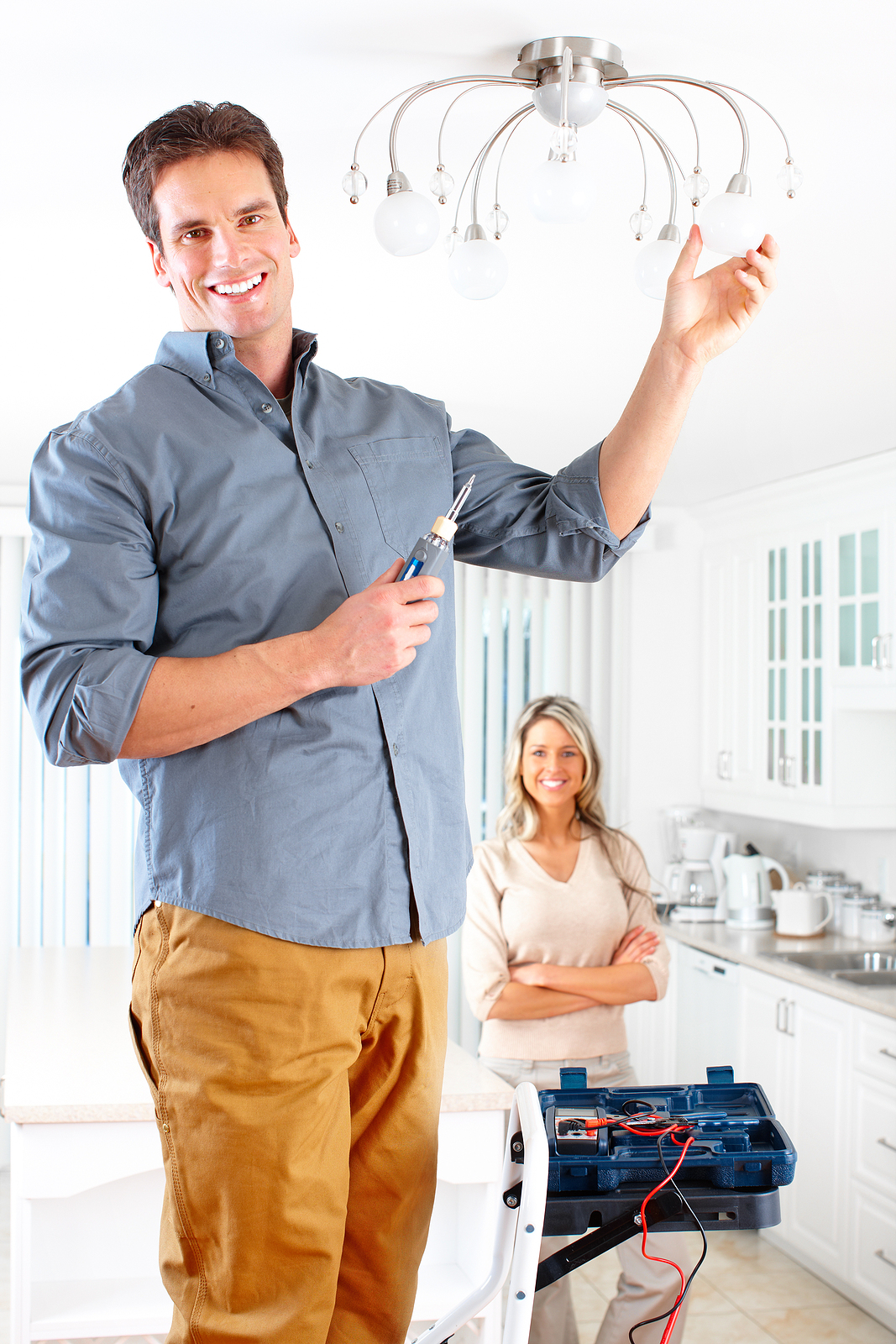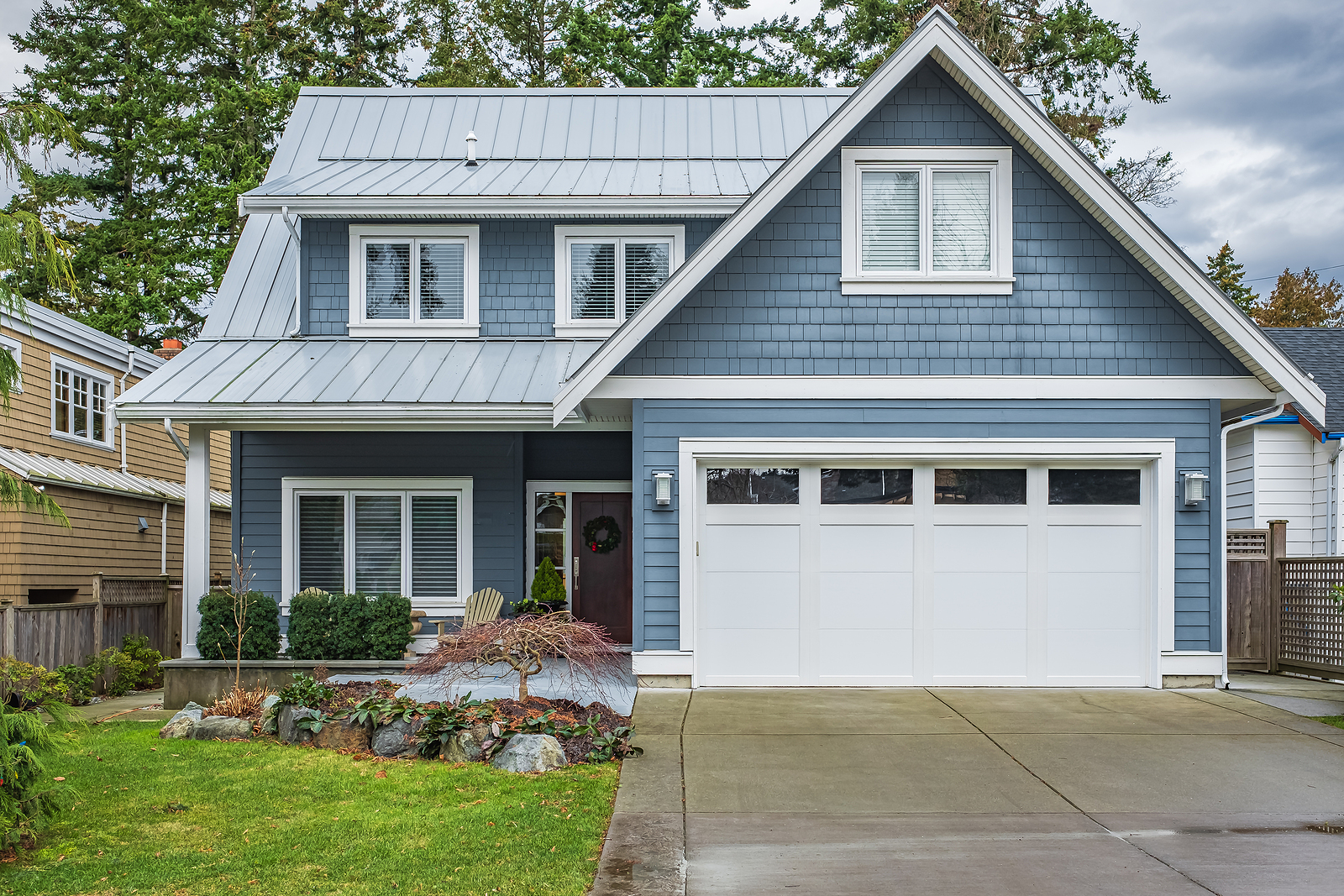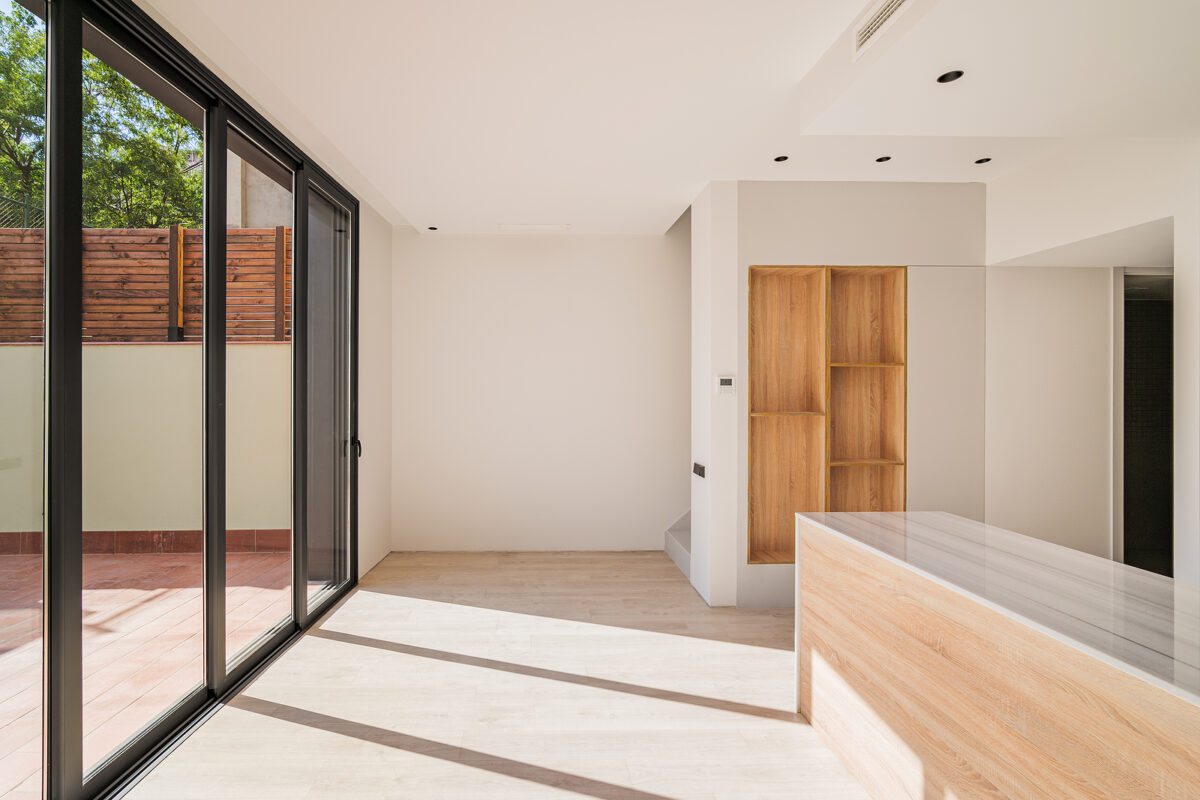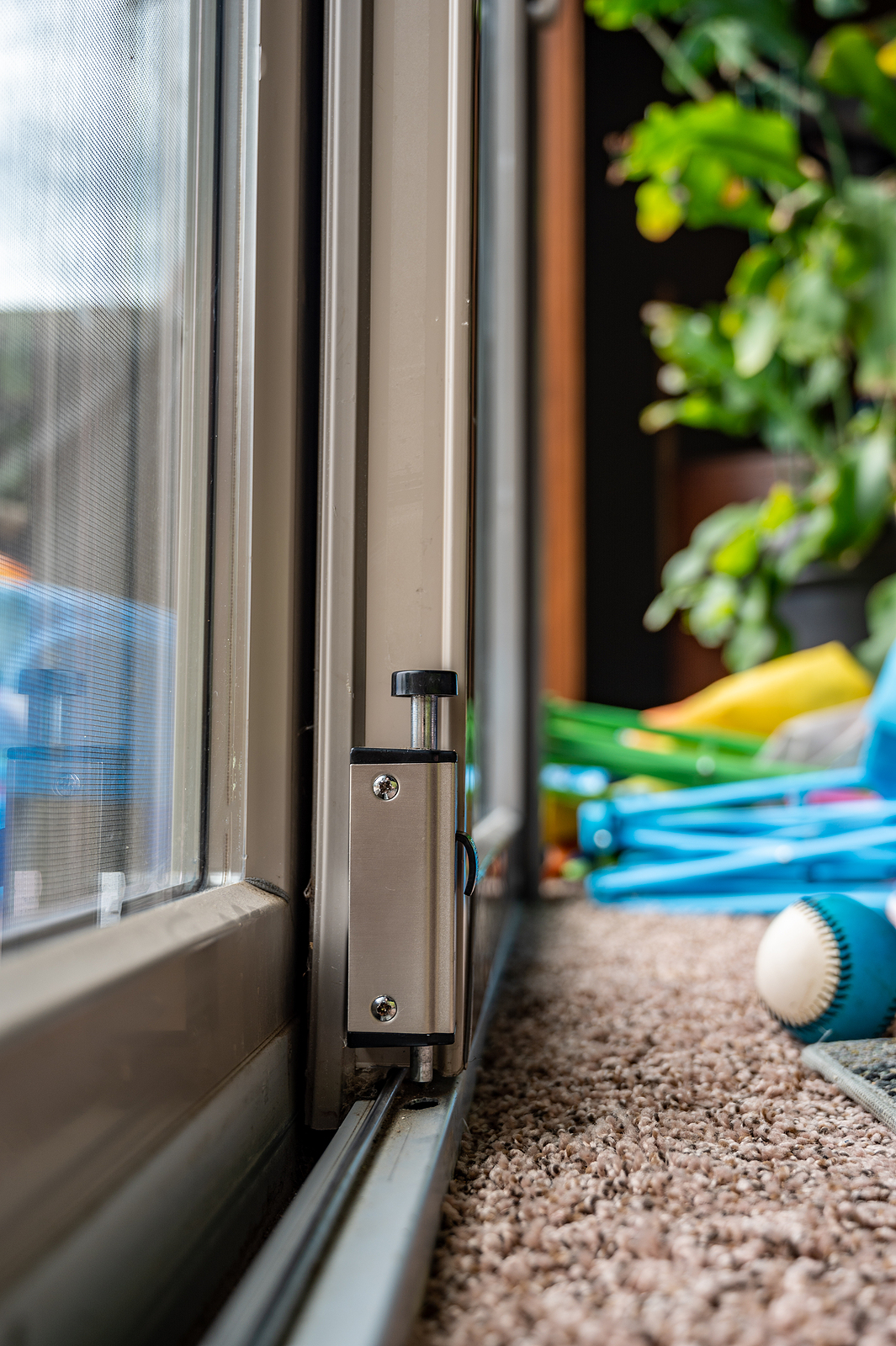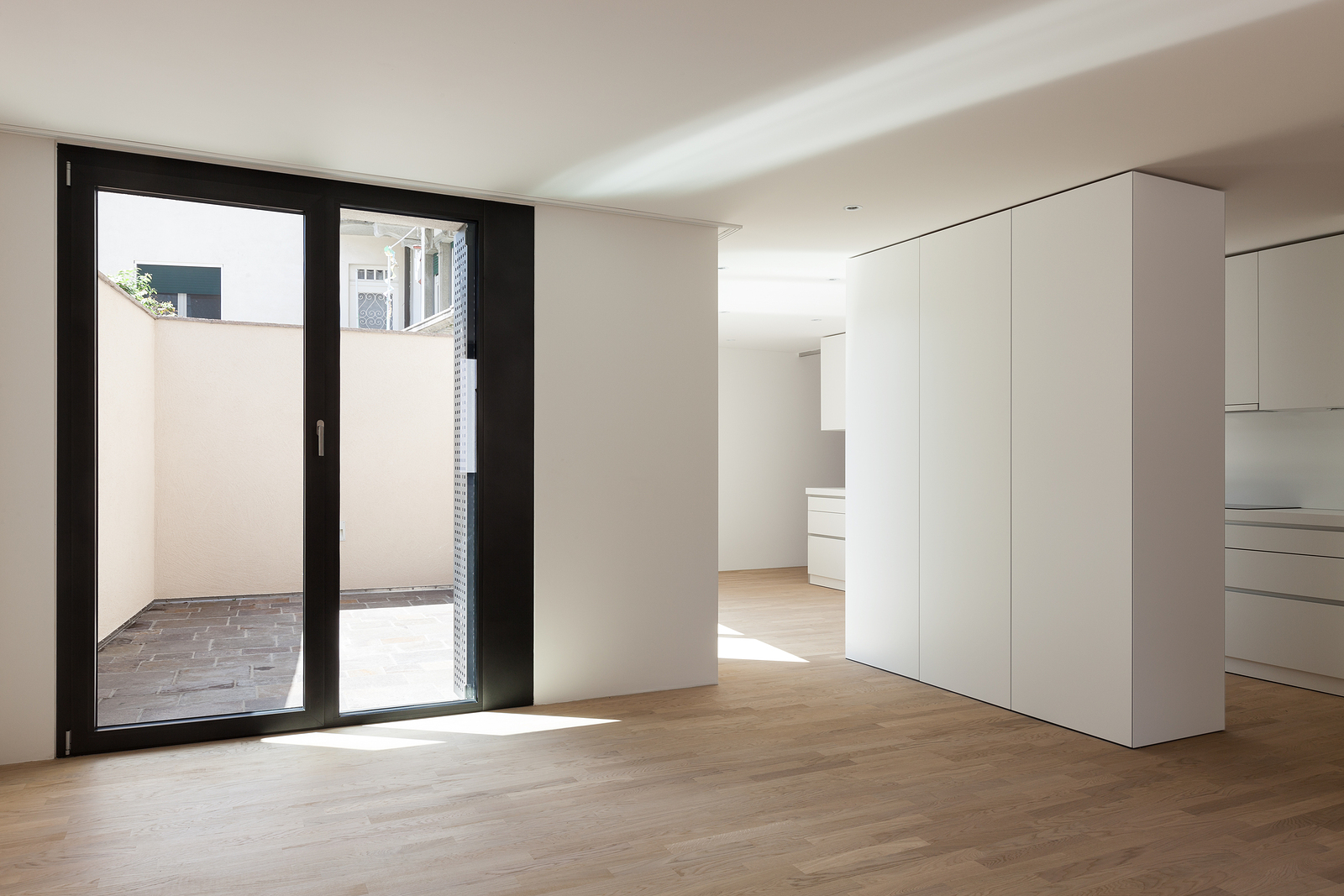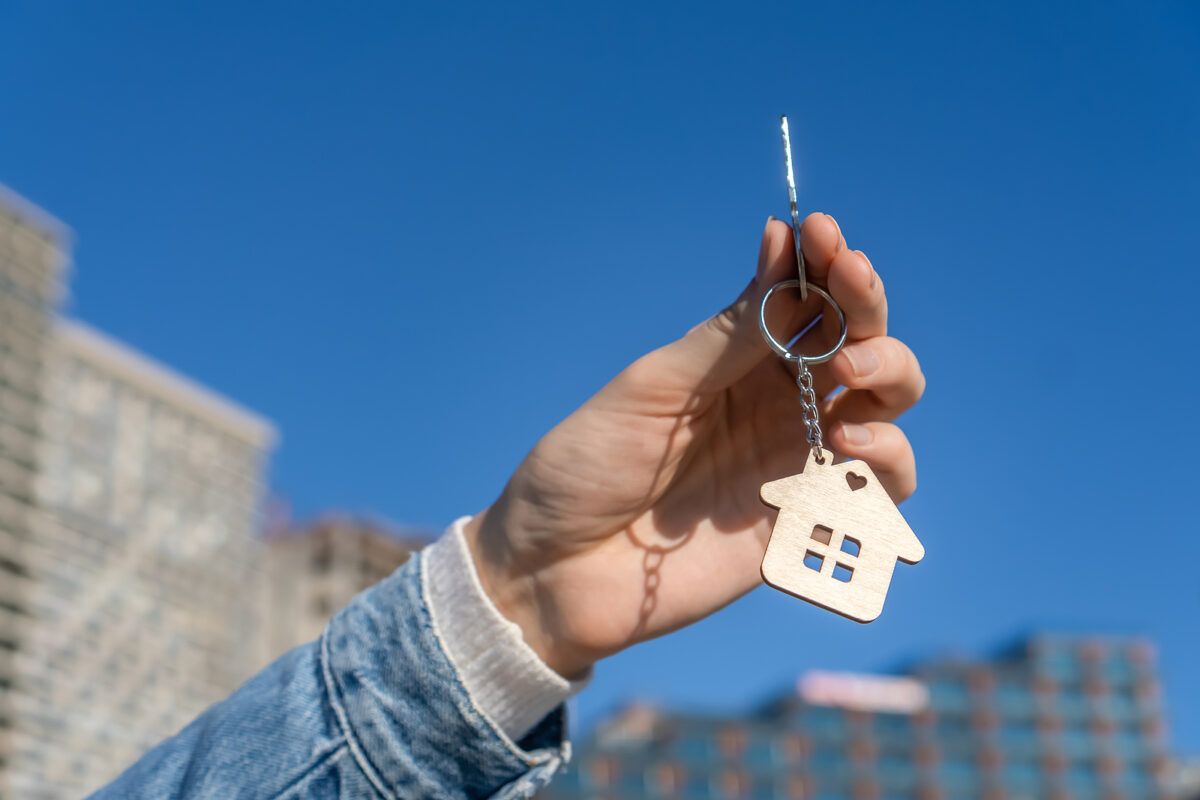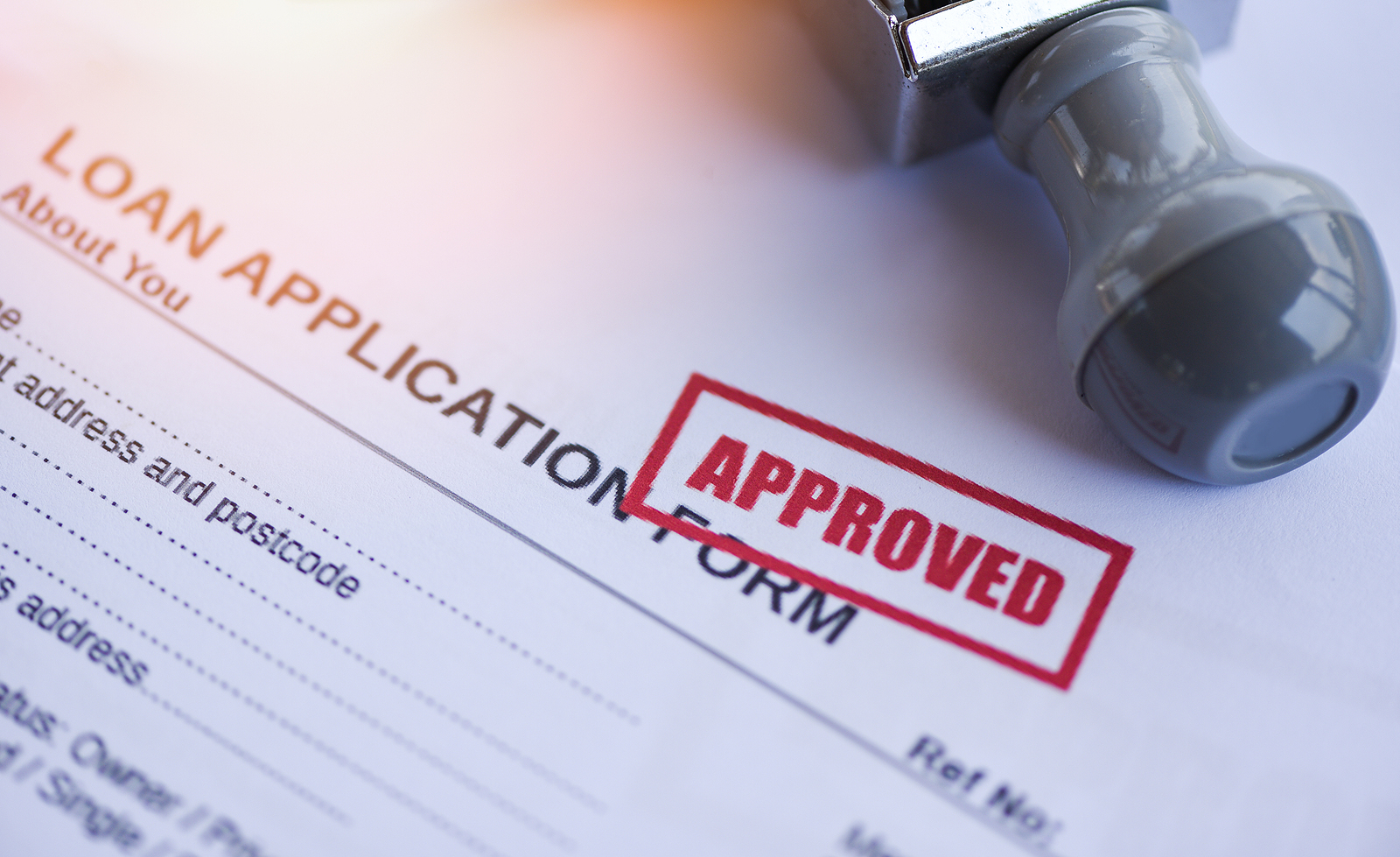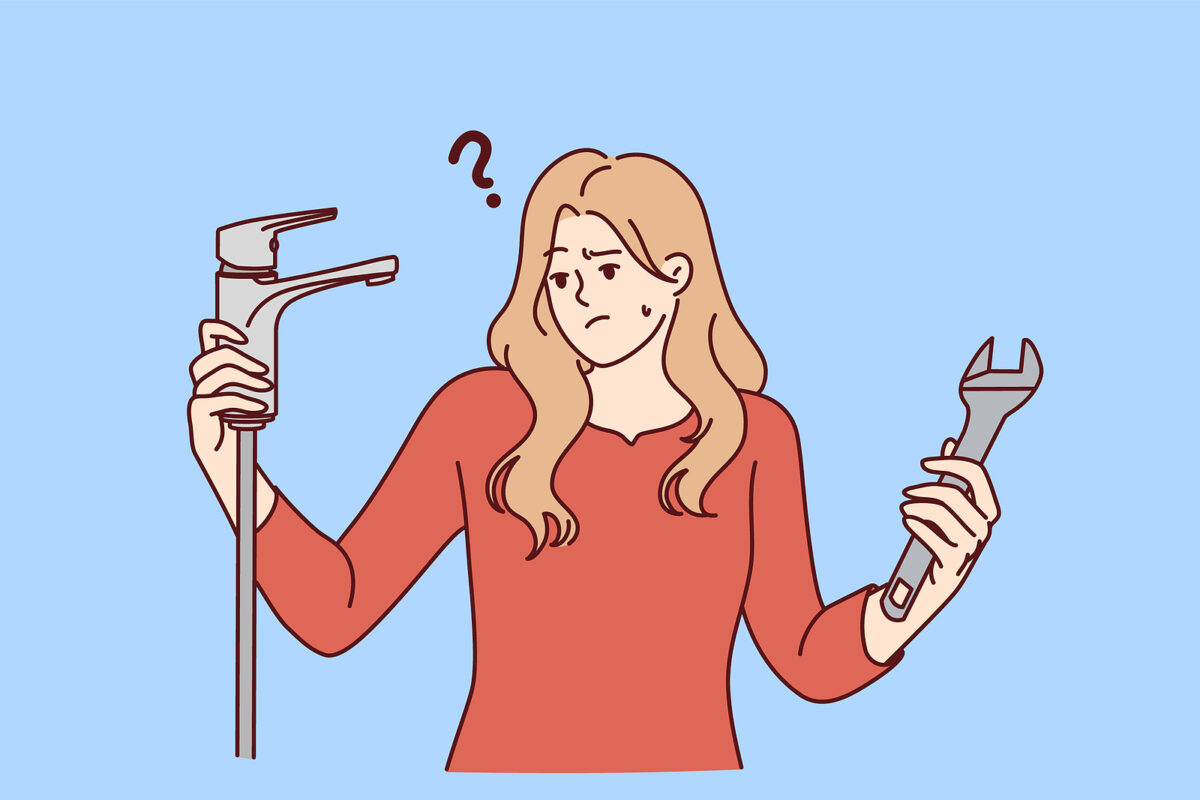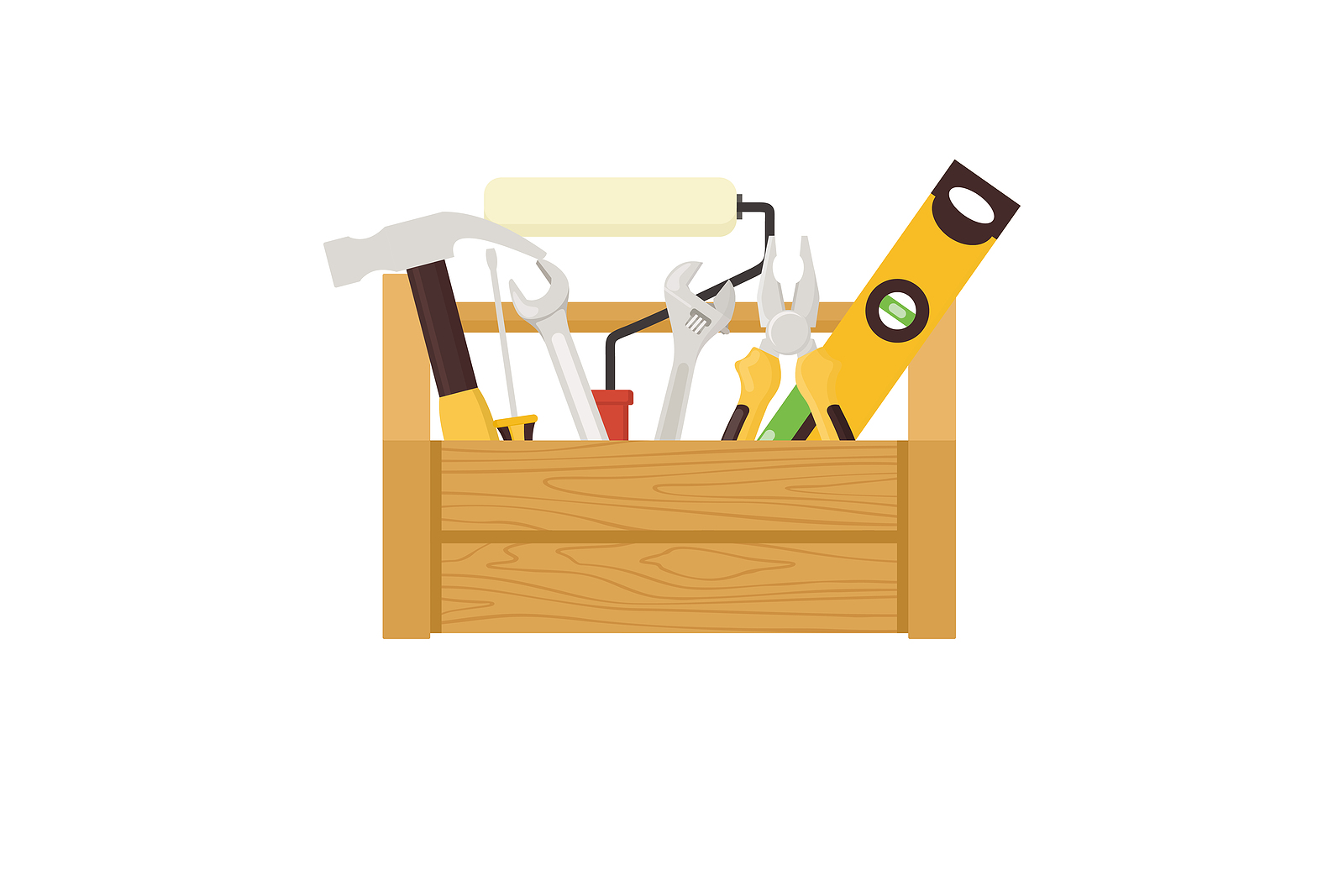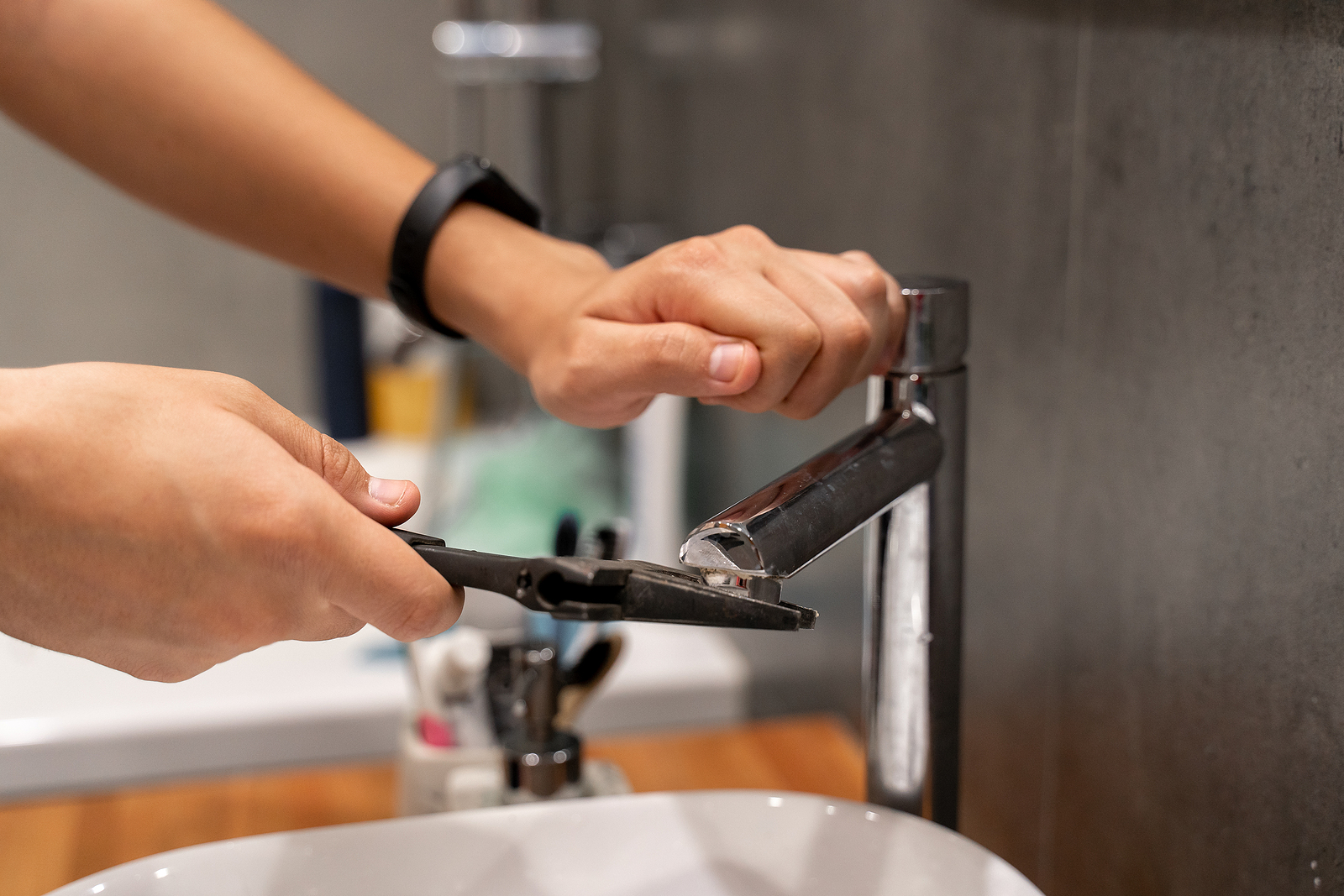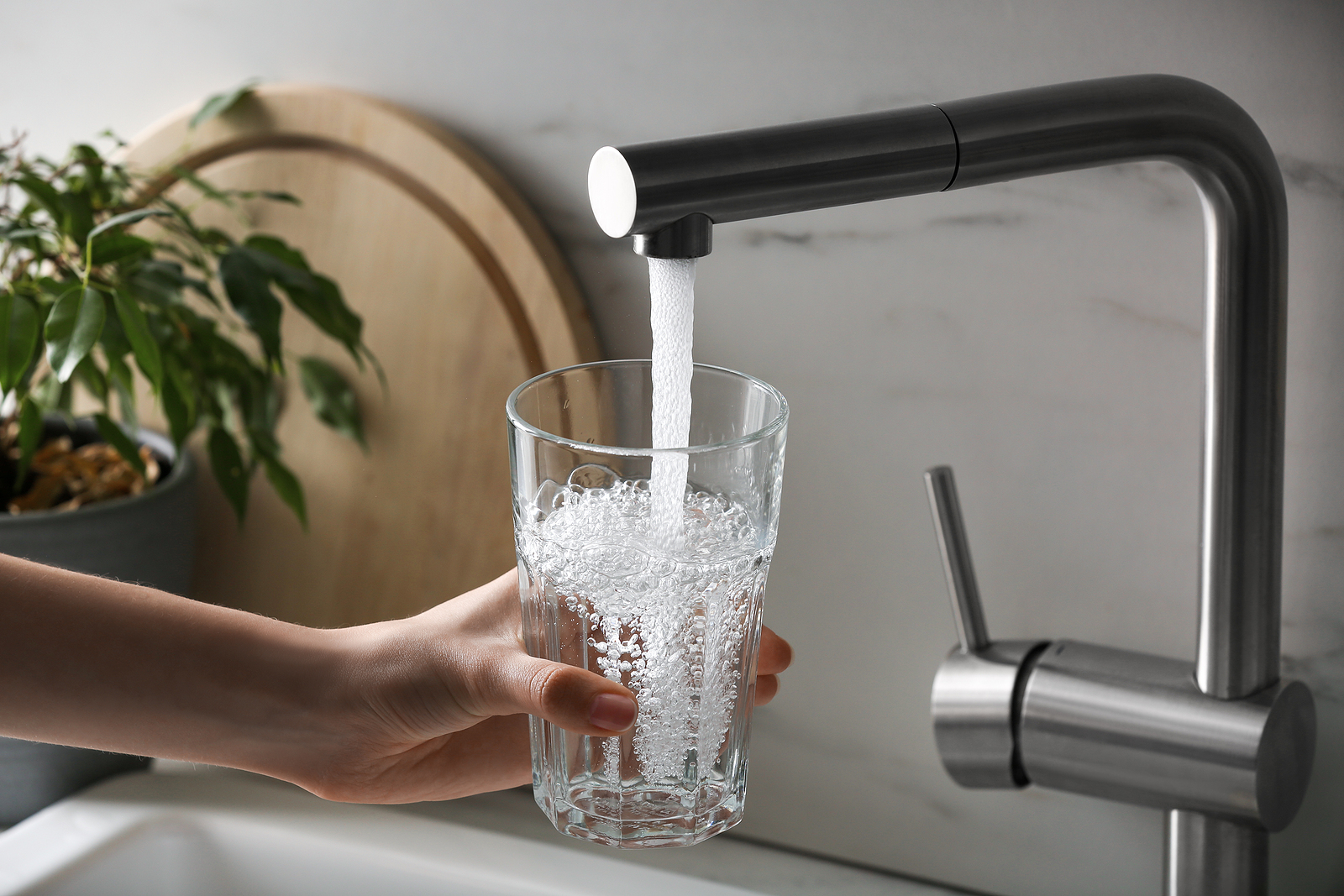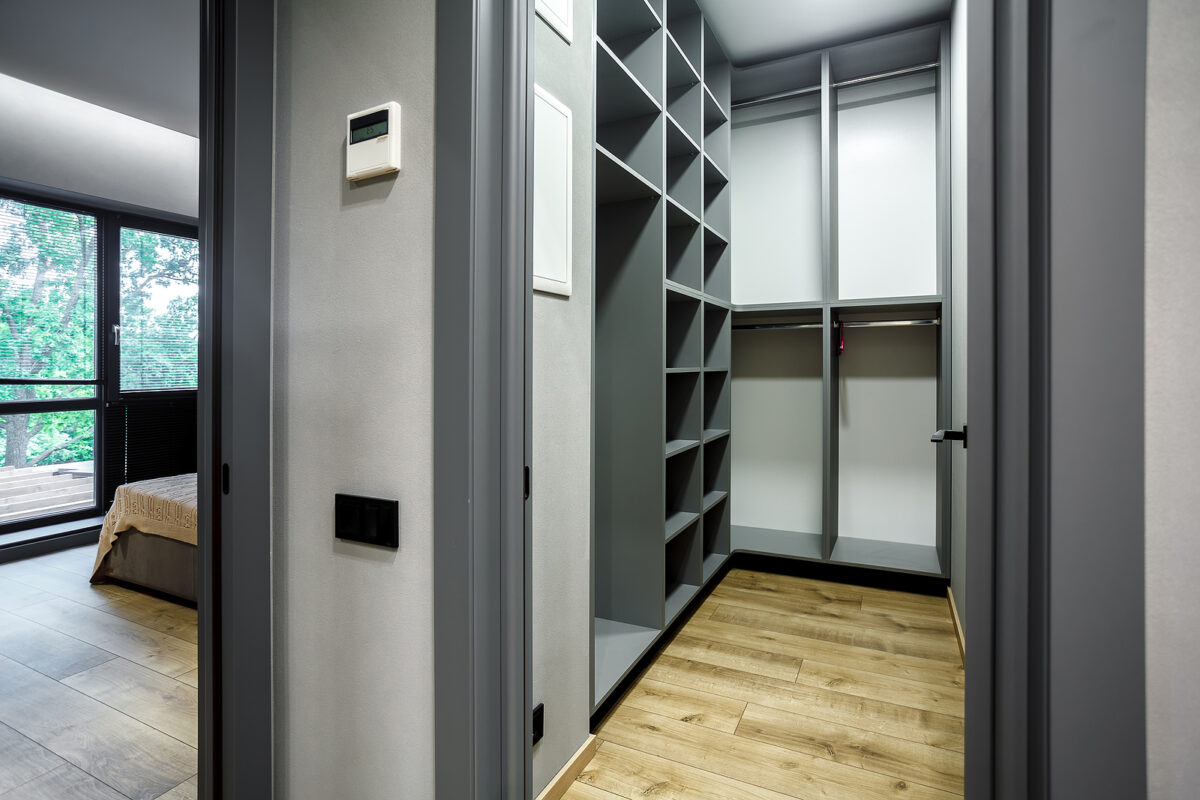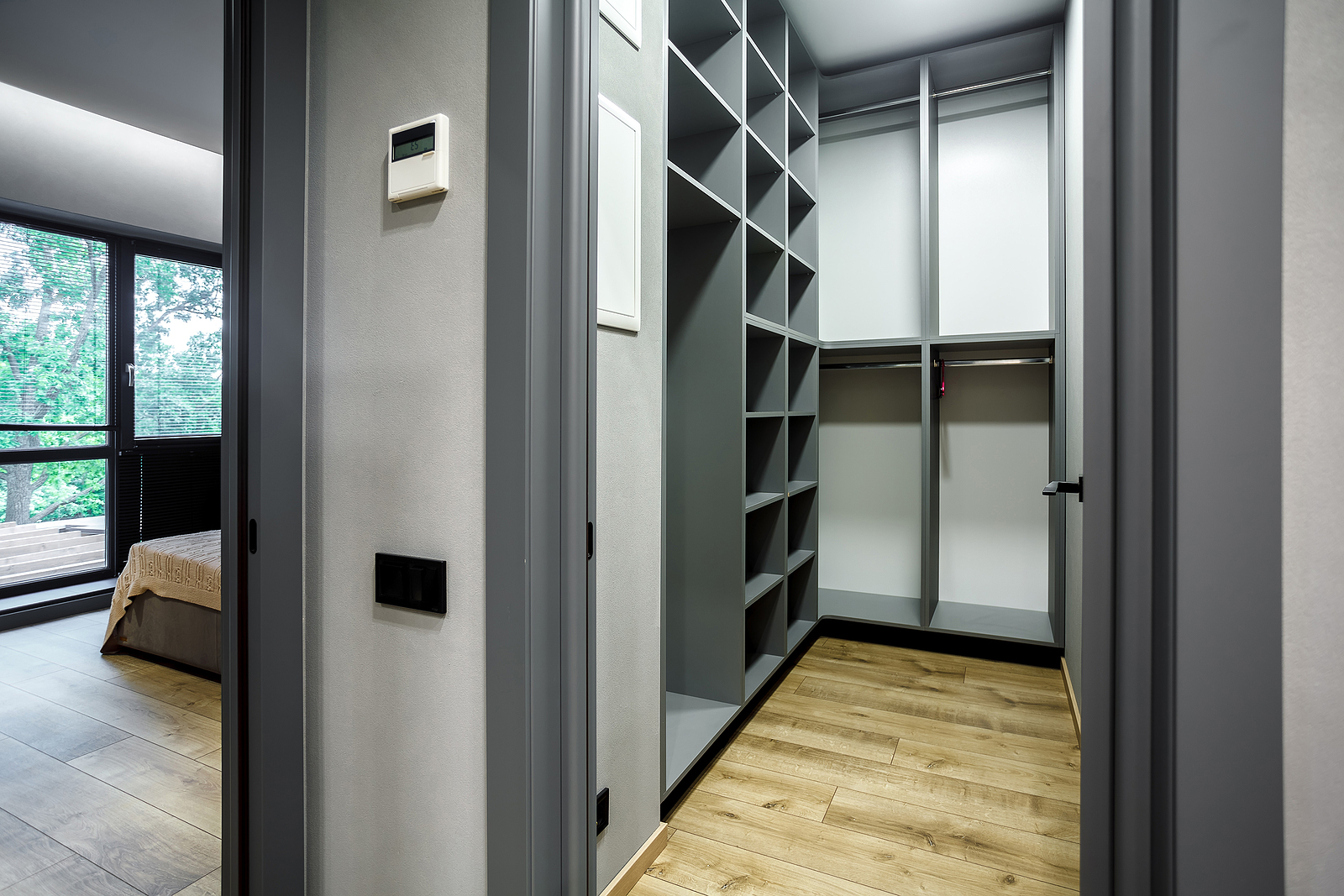I think most of us remember buying our first home. Such a mix of emotions involved! Elation, fear, anxiety, and excitement all rolled together.
It’s perfectly normal to feel all of these things, but it is also necessary to try to curb the more negative feelings during the process.
There are numerous ways to deal with emotions without them becoming destructive or disruptive. Let’s take a look at a few of those.
Someone to lean on
Although a step we’ll explore later on will help you learn more about the home-buying process, nobody expects you to be an expert in the beginning.
In fact, most folks who have bought homes will tell you to hire an expert. That would be an experienced real estate agent.

Choose your agent carefully. If you need periodic check-ins by telephone, ensure the person you choose is responsive. If you crave knowledge about the process, choose an agent with patience who can put complicated financial terms into plain English. Finally, ensure your agent is someone you feel comfortable with and can build rapport with.
Visit with a lender early in the process
You’ve probably heard this “tip” before. Most of the advice you’ll find online claims that the reason for the early visit is to become pre-approved for a loan. Sellers, they say, are more comfortable with pre-approved buyers.
While that is largely true, a more important reason to see a lender early in the process is to determine how much you can spend on a home. This allows you to shop smart for a home that won’t break the bank when all is said and done.
Stick to a monthly payment figure (including principle, interest, taxes, insurance, and HOA fees, if any) that you know you can comfortably cover and refuse to go beyond that.
Once you know the maximum amount you will spend on a home, you can ask your agent to not show you homes over that figure. This will go a long way in helping get rid of anxiety.
Get educated
Most savvy homebuyer’s real estate agents understand there is much to know about buying a home that the average American can’t possibly know. Because of this, they provide lots of educational materials on their websites.

This is great for buyers who do best when teaching themselves.
Not all of us can learn that way; however, knowledge, as they say, is power. Consider attending a first-time homebuyer course.
Fannie Mae offers one you can take online; it is free of charge, it’s taught in English or Spanish, and you will receive a certificate at the end of the course.
Knowing the process and what to expect along the way is empowering and will build your confidence. No anxiety for you!

